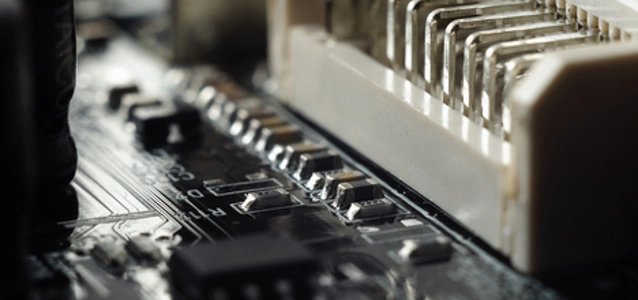
© daimy dreamstime.com
Business |
Cost improvement is driver to support Android monitor market
Among the effective 3,596 samples, only 51.4% of the consumers surveyed have heard of Android LCD monitors, 75.1% of which expressed the willingness to purchase.
Half of the consumers surveyed say on top of the easy-to-use touch function in the Android LCD monitor, to have a new experience is another main reasons for purchase.
After further analyzing 24.1% of interviewees who declined to purchase Android LCD monitors, it is found that more than 40% of them reject the option because they own one or more LCD monitors and know little about the product. The older-than-30 or lower-income interviewees show higher proportion of refusing to buy due to their previously owned LCD monitors, while the 20-29 or mid-and-high income interviewees decline to buy because of insufficient knowledge to the products.
According to WitsView assistant research manager Anita Wang, brands have to enhance the consumer awareness to Android monitors and emphasize the high function/price ratio that combines tablet, AIO, and LCD monitor to stimulate potential consumers’ purchases.
Additionally, the selling prices should meet consumers’ expectations. Currently, the promotional lowest-priced Android LCD monitor is double priced to the LCD monitor of the same size, and however, according to WitsView’s survey, only 2% of consumers are willing pay double the price of a regular LCD monitor. Those who are willing to pay 50% more account for a raised proportion of 8%.
Currently as the Android LCD monitor carries the touch module and Android processor, it has costs twice to that of a regular monitor. In the short-term, makers have limited room to narrow the price gap, and the key for Android LCD monitors to quickly open the market in the future lies in the accelerating drop in Android processor and touch module costs.

